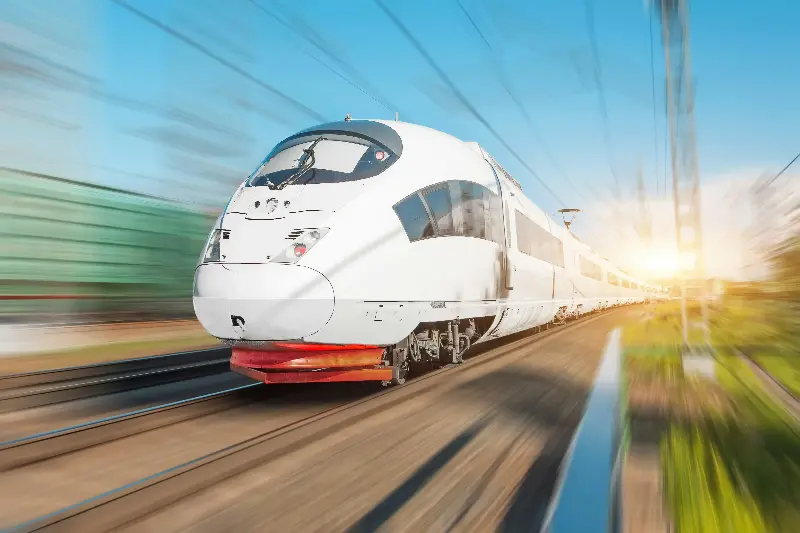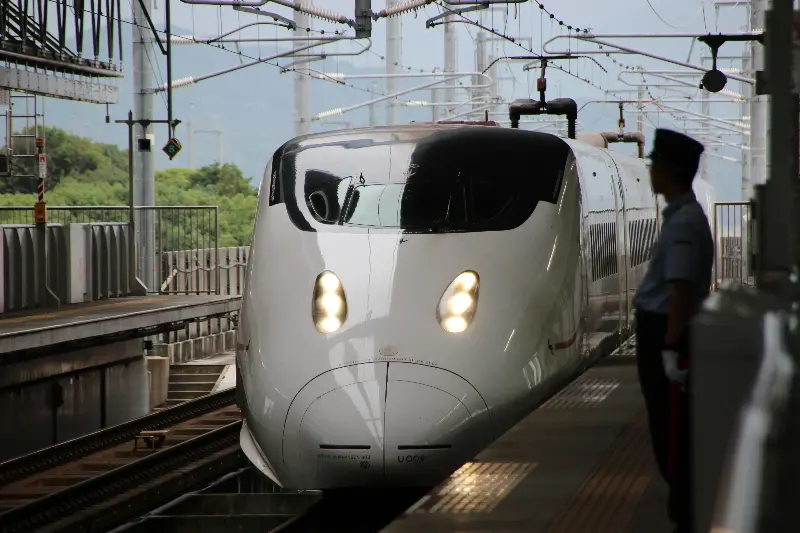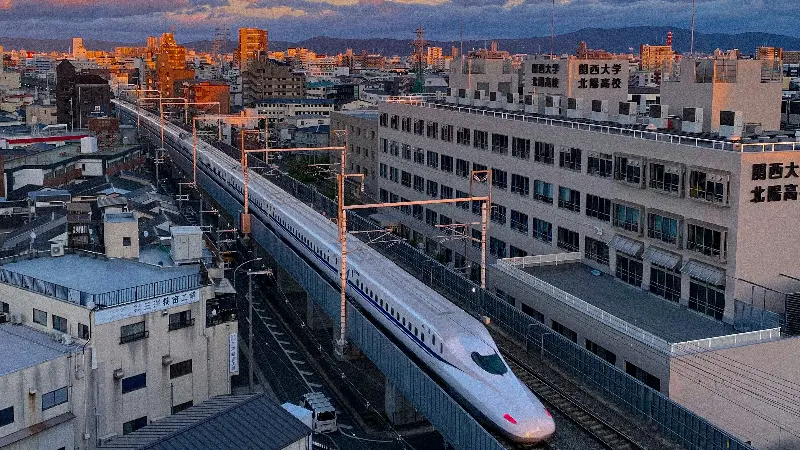Japan’s shinkansen, often called the “bullet train,” conjures images of sleek, needle-nosed trains racing through the countryside at astonishing speeds. But behind the impressive technology and unique design lies a story of cultural ambition, relentless engineering, and a drive to set a global standard for punctuality and reliability. In fact, the shinkansen did not just transform transportation in Japan—it redefined how the world thinks about train travel.

A Vision of Speed and Elegance
When Tokyo hosted the Olympics in 1964, Japan wanted to signal its post-war recovery by showcasing technological prowess. Cutting through skepticism and technical hurdles, engineers delivered the world’s first high-speed rail line: the Tokaido shinkansen, connecting Tokyo and Osaka. The original trains, called the “0 Series,” looked like something out of science fiction and raced along the specially built tracks at speeds up to 210 kilometers (130 miles) per hour—twice as fast as any train in the world at that time.
This leap was more than just a matter of speed. The shinkansen introduced innovations in train design, track construction, and safety systems that were unprecedented. It has inspired generations of engineers and has even influenced the development of high-speed rail projects from France’s TGV to China’s expanding network.
Punctuality: The Art of Being on Time
To most passengers, stepping onto a shinkansen platform is a marvel of synchronization. The trains glide in with seconds to spare, and conductors politely bow before the departure. Japan’s bullet trains are globally famed for their punctuality. According to data from Japan Railways, average delays are typically measured in mere seconds—less than a minute per train per year.
How is this feat possible? It comes down to meticulous planning, constant maintenance, and a culture that prizes punctuality in everything from morning meetings to train arrivals. Control rooms monitor every part of the network, with signals, staff, and technology working in harmony to ensure smooth, timely departures and arrivals. Over 400,000 people ride the Tokaido shinkansen line every day, and the vast majority will reach their destination at the promised minute.
This legendary reliability has become so ingrained in Japanese society that if a shinkansen ever departs just 30 seconds early, the company will issue a public apology—proof that even the smallest deviation is taken seriously.

The Technology Behind the Tracks
Speed alone would mean little without safety—a principle ingrained in every bolt and sensor. Shinkansen tracks are completely separate from conventional rail lines, eliminating risks from slower trains. The trains themselves use a “distributed traction” design, with motors under many cars, allowing smoother acceleration and deceleration while offering redundancy in the rare event of technical trouble.
To further mitigate earthquake risks, Japan’s high-speed rail system is equipped with a sophisticated earthquake early warning system: sensors along the track can detect seismic activity and automatically halt trains long before the tremors reach the area. Since its operation, the shinkansen has not had a single fatal passenger accident related to derailment or collision, a remarkable safety record considering the vast distances and millions of passengers involved each year.
The distinctive aerodynamics, including the long pointed noses of newer models like the “N700S,” were specifically engineered not just for speed, but to minimize noise and air pressure energy—crucial when passing through tunnels at up to 320 kilometers (199 miles) per hour.
More Than Just Trains: Shinkansen Culture
Riding the shinkansen is an experience in itself. With spacious reclining seats, panoramic windows, and legendary cleanliness, passengers are encouraged to relax and enjoy the journey. It’s not just commuters who benefit; travelers use the dependable service to make day trips across vast regions, from the historic temples of Kyoto to the neon bustle of Tokyo.
The bento lunch boxes, or “ekiben,” sold at station kiosks and on board, are iconic in their own right, turning a quick meal into a cultural event. Trainspotters and hobbyists flock to stations just to see the array of shinkansen types, each with unique livery and design quirks.
Beyond convenience, the shinkansen has knit the nation closer together. Business, culture, and tourism have all thrived due to the ease and accessibility of fast rail travel, turning distant cities into neighbors and making spontaneous getaways an everyday joy.

Global Influence: Setting the Gold Standard
Japan’s shinkansen did not just set records—it sparked a worldwide high-speed rail revolution. France, Germany, Spain, China, and other countries have taken inspiration from the Japanese model, integrating robust safety culture and punctual operation. Many, like China’s massive network, have even surpassed Japan in maximum speed or total route length—yet the shinkansen remains the original.
Countries around the globe now see bullet trains not only as a feat of engineering, but as essential infrastructure for sustainable, high-density mobility. With ongoing research into maglev technology—trains that float above the tracks using magnets and can top 600 kilometers (373 miles) per hour—Japan continues to lead the charge into the future of travel.
Whether you’re a rail enthusiast, a tech fan, or someone dreaming of their first trip across Japan, the shinkansen stands as a shining symbol of what vision, ingenuity, and a little lightning-fast precision can achieve.
